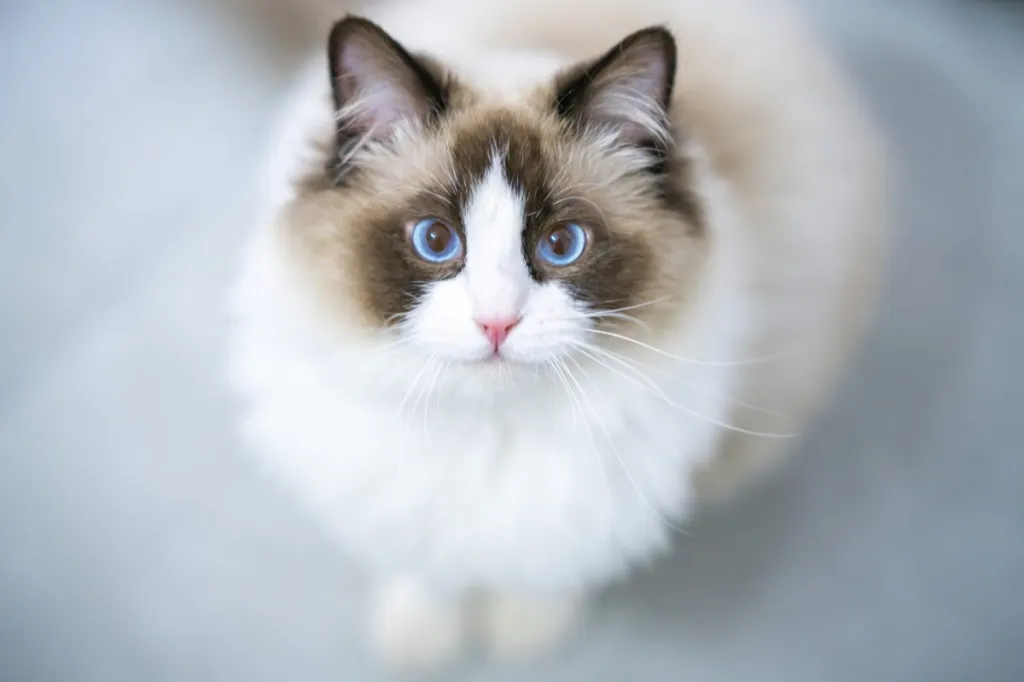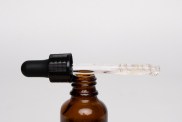The Ragdoll cat is a large-sized breed first bred in the 1960s by American breeder Ann Baker. These gentle cats are known for their elegant appearance, docile temperament, and captivating blue eyes. This breed’s somewhat controversial origins trace back to California, where they were first developed. Ragdolls are known for their large size, semi-longhair coat, and color-point patterns, with a silky texture that…

Ringworm in cats is a fungal infection. The technical name for ringworm in cats is dermatophytosis. It often leaves a…




